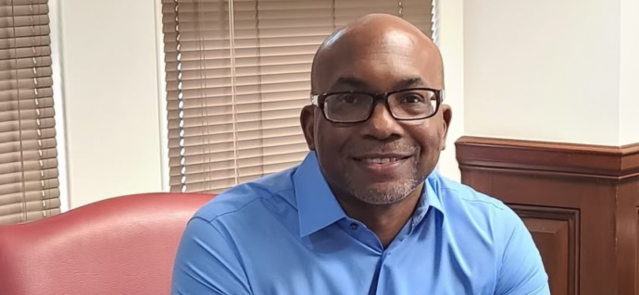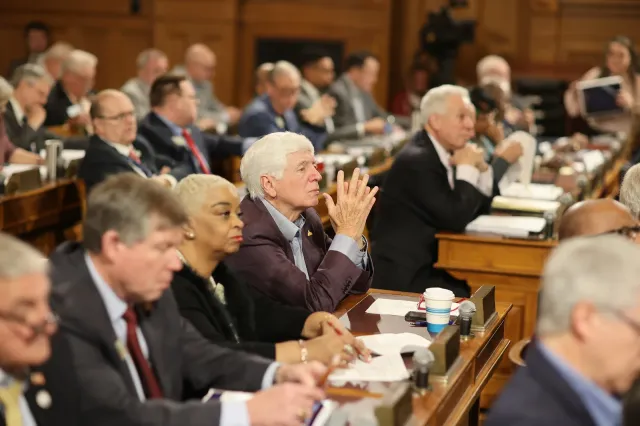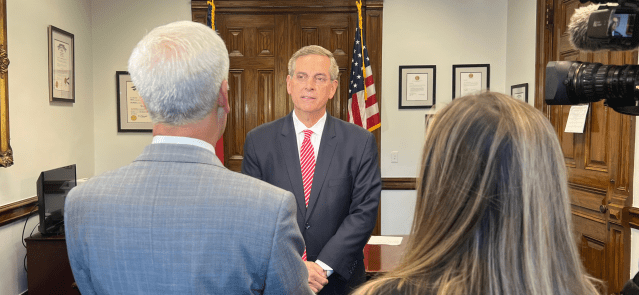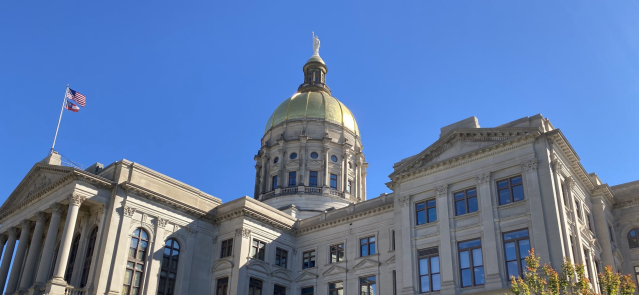Stay ahead of the curve as a political insider with deep policy analysis, daily briefings and policy-shaping tools.
Request a DemoGetting through the darkness: Georgia State University gets $3.6 million to boost numbers, diversify K-12 school psychologists.

(Credit: imaginima)
The Gist
ATLANTA — Shortly before the pandemic began, Georgia State University’s clinical professor of school psychology Catherine Perkins came across unsettling statistics.
Nearly 80,000 middle and high school students in Georgia had seriously considered suicide at some point during the 2018-2019 school year, according to an anonymous statewide survey on student health.
“It was horrific,” Perkins recalled, after seeing the data.
What’s happening?
The revelation came at a time when Georgia and the rest of the country faced a shortage of school psychologists. And the psychologists already in the ranks weren’t reflecting the rapidly-changing needs and diversity of America’s education system, Perkins noted.

“Historically, 80% to 85% of school psychologists have been white women,” Perkins told State Affairs. “The needs of kids in school are getting more and more pervasive. Kids come to school with lots of needs and fewer resources.
“We want to increase the number and diversity of school psychologists,” she said.
While the pandemic has subsided, students’ angst remains relatively unabated from the 2019 data.
The 2023 data from the Georgia Department of Education’s Student Health Survey found that 11.2%, or 46,799, of the 418,705 students in 6th to 12th grades anonymously polled had seriously contemplated suicide during the last school year.
This year’s percentage almost mirrors that of 2019 when roughly 11.3%, or 77,878, of the 689,986 students in 6th to 12th grade surveyed said they had seriously attempted committing suicide during that school.
In both 2023 and 2019, students said family problems were the main reason for wanting to take such drastic measures.
A decade ago, about 9% of 6th through 12th graders said they had seriously considered suicide during the school year.
The diversity void
In April, Perkins, coordinator of the Master’s Ed.S. in School Psychology program at GSU, was awarded a five-year, $3.6 million grant from the U.S. Department of Education to deal with the mental health crisis in Georgia schools, as part of a national effort to address the issue. Perkins also heads the Expanding Quality SBMH Services for Underserved Populations with Inclusive Practices (GSU-EQUIP), the program created with the federal DOE grant.
Over 1 in 10 American youth are experiencing depression that is severely impairing their ability to function at home, school, work, and their social life, according to Mental Health America. A little over 16% of children ages 12 to 17 report suffering from at least one major depressive episode in the past year. Some 11.5% – 2.7 million – are dealing with severe major depression. Six in 10 children with major depression receive no mental health treatment at all, MHA noted.
The federal DOE money will be used over the next five years to recruit and train 25 ethnically and culturally-diverse people to become school psychologists. Graduates of the program will receive a master’s degree in school psychology as well as an educational specialist degree in school psychology. They also will be eligible for certification to work in schools. Applicants accepted into the program start in the fall semester of 2024. The program takes three years to complete.
Schools face a shortage of psychologists due to retirement, and few school psychologists are coming out of U.S. graduate programs. The National Association of School Psychologists report four in-state graduate programs for school psychologists from which 22 adults graduated in 2021. Four of the 32 students enrolled across the four programs were people of color.
Getting into the field has been elusive for people of color because of the cost of completing graduate studies, Perkins said.
Project EQUIP hopes to address that challenge. The federal grant will pay the three-year tuition cost, provide a yearly stipend, parking fees and child care costs for those who need it, as well as incidental expenses tied to getting the degree. Students will focus on culture-specific, evidence-based mental health interventions in schools with the most need, Perkins said. They will do their practicum work at schools in Gwinnett and Paulding counties.
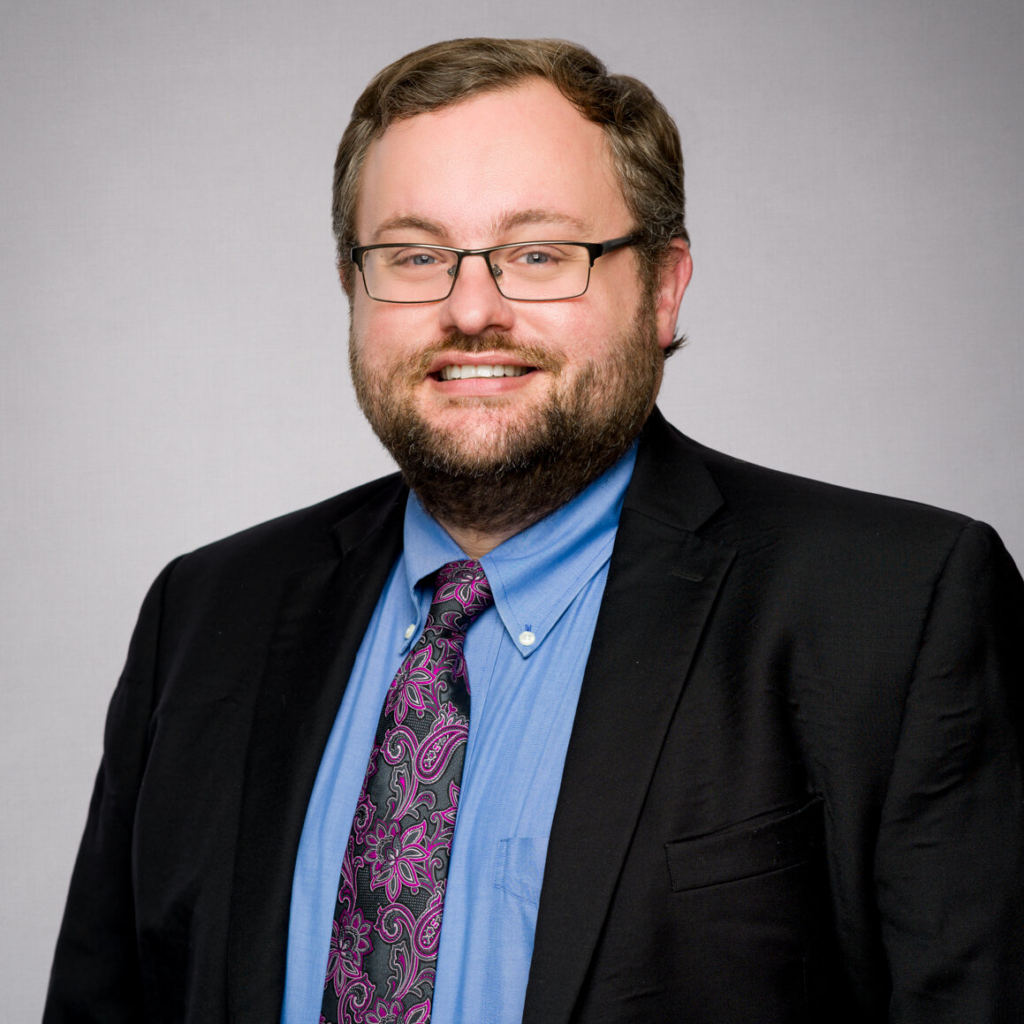
Matt Smith, director of policy research at The Georgia Partnership for Excellence in Education (GPEE) welcomed the initiative.
“In terms of quantity, quality and diversity,that’s going to lead to a more stable workforce,” Smith told State Affairs. “I’m hopeful that those strands can be woven together to create kind of a convergence of positive factors. So I appreciate the funding for this. Any kind of program that would engender this change will be great.”
GPEE is in the midst of a three-year study called the CARES Impact Study. It looks at how school districts and charter schools are spending some $6 billion of federal pandemic relief money and how best to help students recover from the pandemic’s effects on student learning and well-being.
The study’s first report, the “Baseline Report,” drew on a statewide survey of school districts and charter schools in the fall of 2021. The second part of the study is slated for release in November, Smith said.
The first report found that about 77% of the districts and charter schools hired more staff to address student mental and physical health needs. More than 56% are investing Elementary and Secondary Emergency Relief, or ESSER, funds in wraparound services to address academic and non-academic needs, which may include providing food and clothing, additional counseling or other mental health services, youth development activities, and access to community organizations to resolve housing, employment or other needs, the study noted.
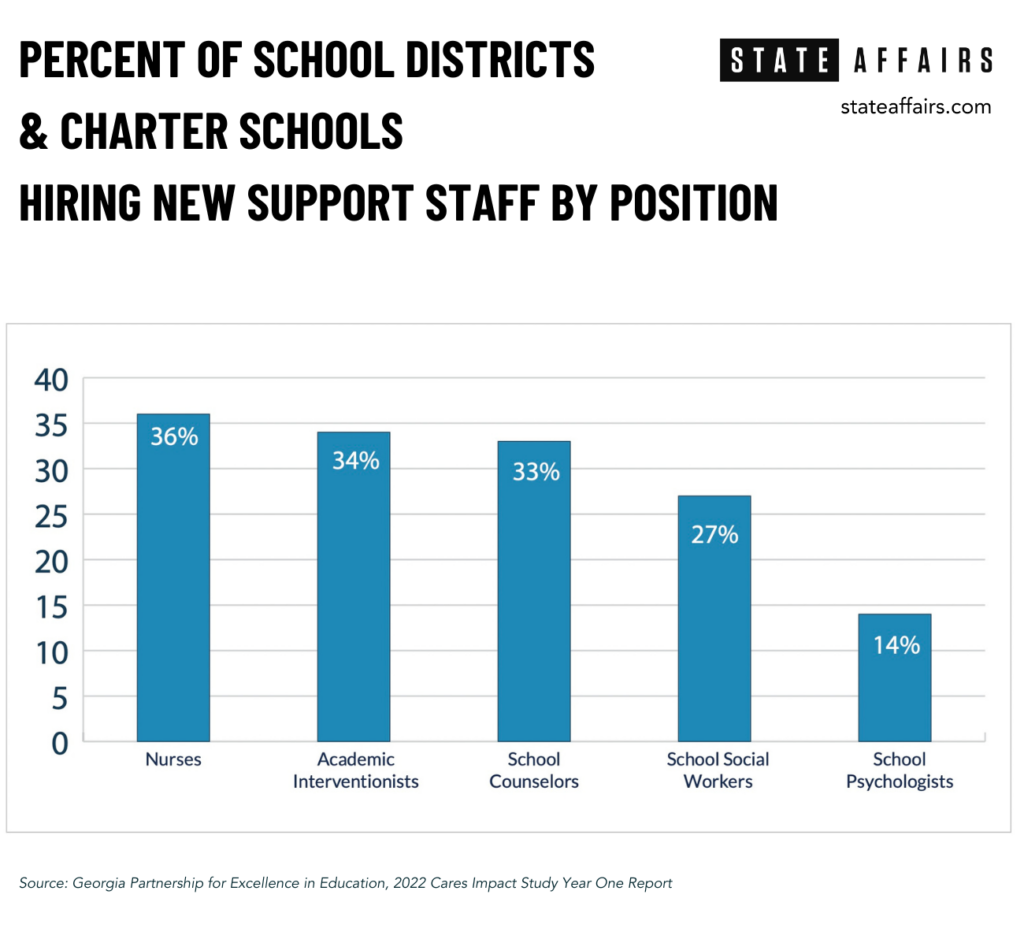
Why It Matters
School psychologists are different from school counselors. Counselors focus on improving mental health and behavioral symptoms through individual and group counseling and education. They typically serve an entire school population. School psychologists focus more on understanding behavioral symptoms and academic issues through testing, researching and assessing.
Currently, the state uses a formula called the Quality-Basic Education (QBE) to determine how many psychologists are needed. Georgia’s QBE formula recommends one psychologist for every 2,475 students. That’s a tough ratio, considering the total number of students in some rural school districts may be below 2,500. There’s ongoing efforts to reduce that ratio. By comparison, the National Association of School Psychologists recommends one psychologist for every 500 students, Smith said.
Georgia school districts and charter schools were able to address the shortage of school psychologists during the pandemic with the help of $6 billion in federal pandemic relief money. That money, which must be spent by this time next year, enabled school districts and charter schools to address lost learning time and increase student mental health needs.
What’s Next?
“My foremost concern going forward is two things,” Smith said. “One, if we’re trying to increase student services and support, is there going to be dedicated funding for that? And second, we’ve made great strides as a state but there still is going to be a little bit of inequality, if you will, between different districts based on property wealth and geographically. So there are ways we can address that through telehealth or through other kinds of modalities that would allow for students in kind of place-bound situations to still get that support. But it might be telephonic instead of in-person.”
For now, Smith is awaiting the release of the second part of GPEE’s CARES study which will look at three areas.
“It’s kind of what we call unfinished instruction, the idea of how can we make sure that students are able to accelerate their learning,” Smith said. “That’s the first thing. The second thing is around staffing and the third thing is continuity of operations, making sure that regardless of if you staffed it, you hired consultants, or you hired an outside firm to conduct your mental health and wellness services, how are we going to sustain that in the funding lapses?”
The bulk — $4.25 billion — of the federal relief money was allocated to school districts and state-approved charter schools in the third and final round of ESSER money, Smith said.
While GPEE has no hard-and-fast numbers of how many districts have hired psychologists across the state, Smith said his organization has “anecdotal evidence of increased hiring of school psychologists and school social workers.”
Perkins at GSU, meanwhile, is gearing up for Project EQUIP. GSU will host a virtual information session on Project EQUIP on Sept. 28. Find out more here. The deadline to apply for the program is December 1.
If you or someone you know is dealing with mental illness or considering suicide or self-harm, call 9-8-8.
Have questions, comments or tips? Contact Tammy Joyner on X @lvjoyner or at [email protected].
X @StateAffairsGA
Instagram@StateAffairsGA
Facebook @StateAffairsGA
LinkedIn @StateAffairs
Newly minted Senate Minority Leader Harold Jones II: ‘I’m not the typical back-slapping politician’
Nearly 10 years into legislative life, Sen. Harold Jones II wouldn’t change anything about the experience. “I love every minute of it. Even when I hate it, I love it,” the 55-year-old Augusta Democrat told State Affairs. Come January, Jones will add another role to his legislative duties: Senate minority leader, a job held for …
Gov. Kemp calls on state agencies to be fiscally restrained amid record $16.5B surplus
The Gist Gov. Brian Kemp asked the state’s 51 government agencies for continued fiscal restraint when drafting their amended fiscal year 2025 and 2026 budgets. Most agencies adhered to his request even as the state’s general fund surplus hit a record $16.5 billion last month. Forty-five agencies, excluding state courts, followed the governor’s instructions to …
Georgia defies bomb threats as election chief declares a “free, fair and fast” vote amid record turnout
ATLANTA – Despite dealing with over 60 bomb threats, Georgia’s election chief said Tuesday the state’s general election went smoothly. Georgia had a record turnout with nearly 5.3 million people voting, Secretary of State Brad Raffensperger told reporters. Election officials in the state’s 159 counties have until 5 p.m. to certify votes. “We had a …
In the (state)house: Meet the newest members of the Georgia legislature
When lawmakers reconvene at the state Capitol on Jan. 13, there’ll be a cadre of new faces in the 236-member Georgia General Assembly, one of the nation’s largest state legislatures. All 236 statehouse seats were up for election this year. Most candidates ran unopposed. Incumbents in contested races easily kept their seats, with the exception …

